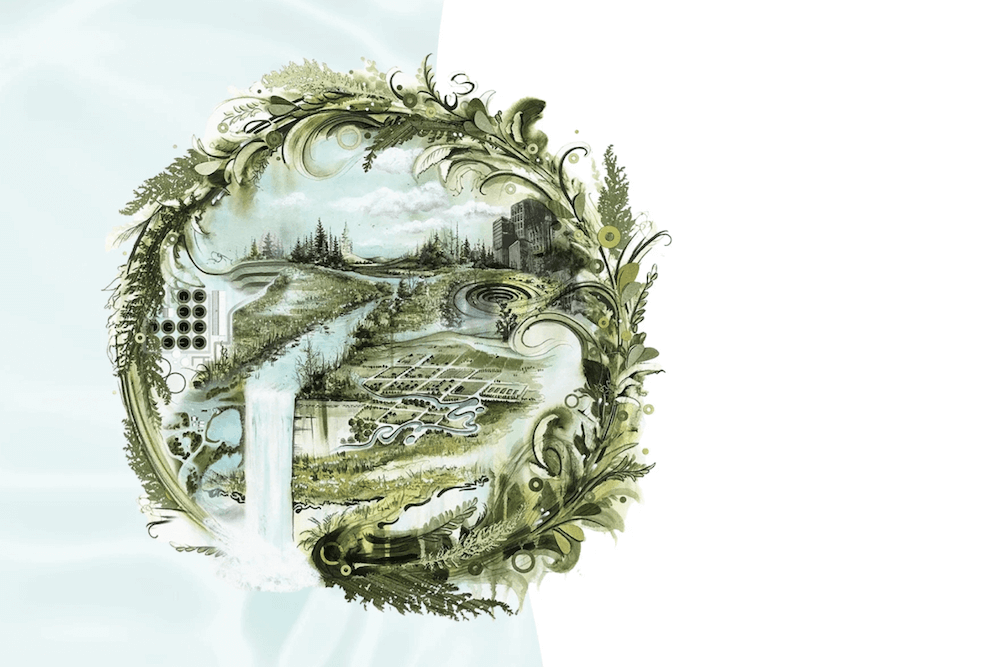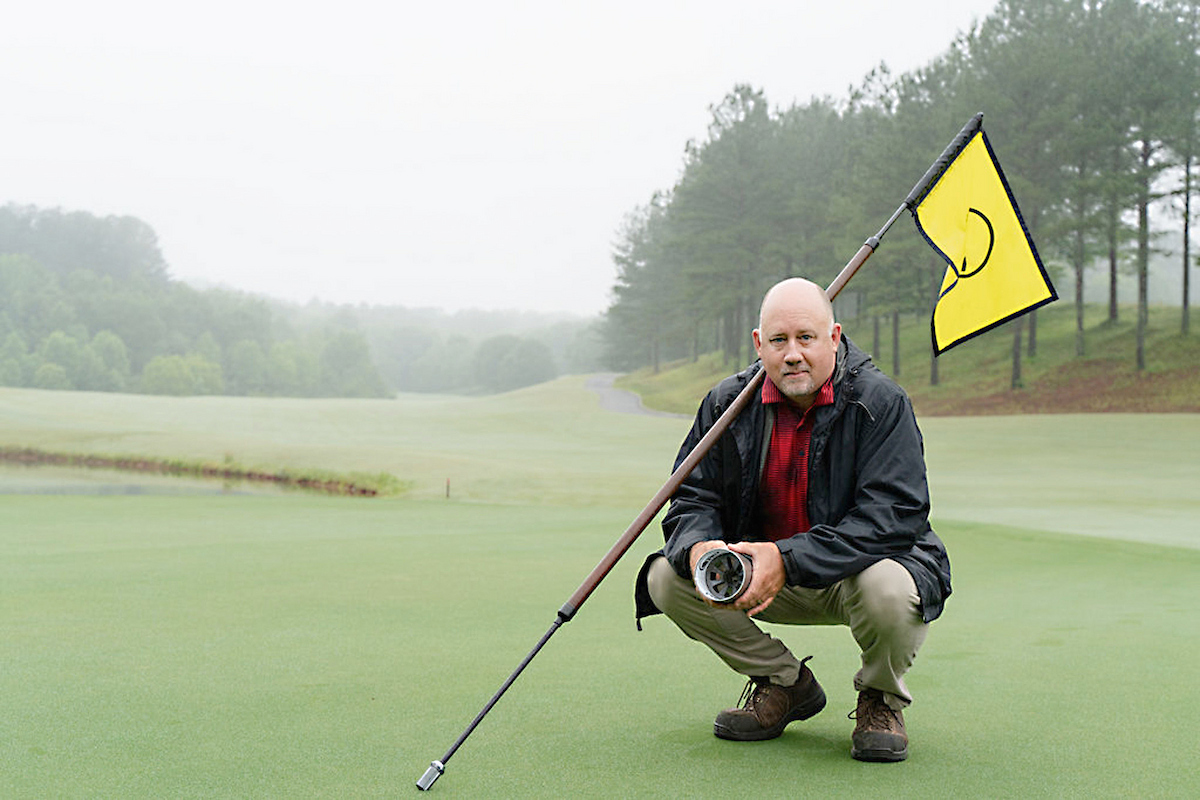Faith and begorra, ’tis almost time for the wearing o’ the
green. St. Patrick’s Day
(March 17), a traditional Irish religious day, translates to
parties and parades in
Georgia. But one tradition holds true on both sides of the
Atlantic: shamrocks.
Why shamrocks on St. Patrick’s Day? Legend has it that St.
Patrick himself used the
shamrock back in the fifth century to illustrate how three
separate leaves united by one
stem resembled the Holy Trinity.
The shamrock is found on Irish medieval tombs and old copper
coins, known as St.
Patrick’s money. The plant was even reputed to have mystic
powers because the leaves
stand upright to warn of an approaching storm. Its name is
derived from the Irish
“seamrog,” meaning “summer plant.”
In some Irish-American families, a gift of a pot of “gold”
(brass or gold foil will do)
filled with shamrocks brings luck to the recipient.
On St. Patrick’s Day, shamrocks sprout on lapels and decorate
floral arrangements as
well as greeting cards, balloons, hats and clothing.
“The plants sold as shamrocks in Georgia can be any of three
types of plants,” said
Paul Thomas, a horticulturist with the University of Georgia
Extension Service.
Georgians can buy a true field clover, Thomas said. Or they can
get Oxalis deppei, also
called the Iron Cross, which is patented as the shamrock plant.
The third choice is
Marsilea, or water shamrock.
“The oxalis may be the native Irish plant,” Thomas said.
Oxalis deppei is grown
commercially. Varieties can range from bright green to purple
leaves with white to rosy
pink flowers.
When you shop for a pot of shamrocks, look for plants with most
of the stems standing
upright with unopened, fresh buds.
“If they’re drooping over the side,” Thomas said, “the plant has
been water-stressed. It
shouldn’t have a lot of old flowers because it blooms a long
time. Old flowers would
mean it’s past its blooming stage.”
Shamrocks are indoor houseplants that prefer an east or west
window. A southern
exposure would be too hot for them, Thomas said. But shamrocks
don’t have to stay in
the house.
“If you plant it in a protected location, a shamrock can be
hardy in Georgia,” he said.
“Give it plenty of mulch so the ground doesn’t freeze solid. It
will survive.
“But it doesn’t like full sun. In fact, it has to have shade. It
will take Georgia’s
humidity and clay just fine, but not the sun,” he
said. “Planting it just on the surface of
about four inches of forest humus would be heaven on earth to a
shamrock.”
Thomas said indoors or out, you should water your shamrocks
regularly. But don’t
overfertilize them. Dilute liquid houseplant fertilizer by half
and water it in about every
three weeks.
The plant may lose all its leaves in the fall. But that doesn’t
mean it’s dead.
“Shamrocks can be easily propagated from bulblets,” Thomas
said. “In spite of
dropped leaves, if the bulb is still white, it’s just quiescent,
not dead. It will usually
come back in the spring.”



